The trees have a varied structure.
A trunk grows from the surface of the earth, and from a certain height it is surrounded by a crown of branches ending with leaves.
The trunk and older, thicker branches are woody, young ones become woody at the end of the growing season.
In forestry and in tradition, there is a division into conifers and deciduous trees.
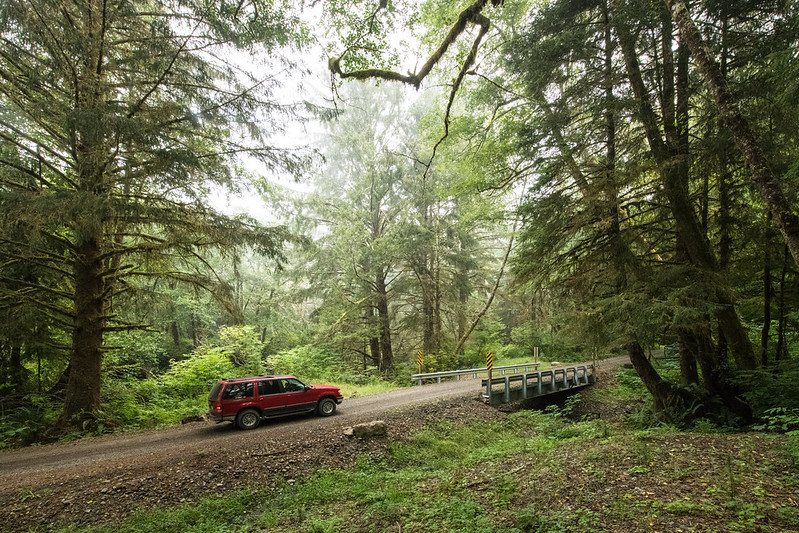
Trees and forests provide a habitat for many species of animals and plants.
Trees play a significant role in reducing erosion and moderating the climate. They remove carbon dioxide from the atmosphere and store large quantities of carbon in their tissues.
Roots
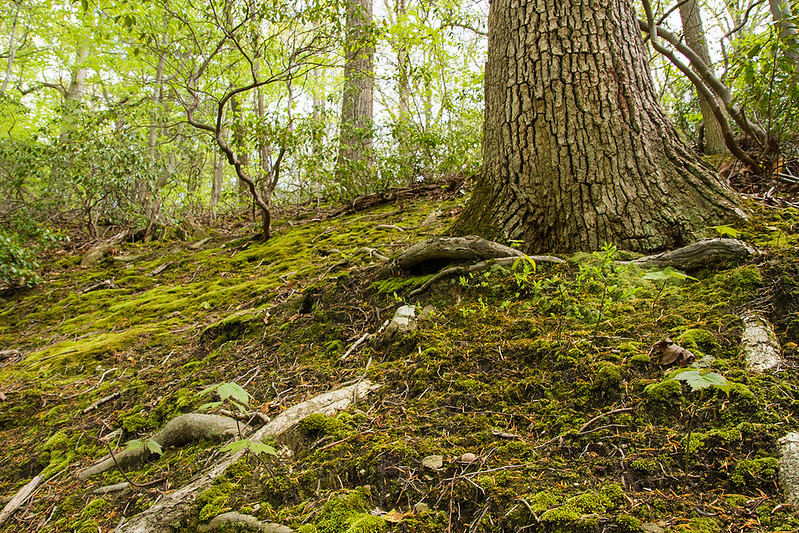
The roots of a tree serve to anchor it to the ground and gather water and nutrients to transfer to all parts of the tree.
They are also used for reproduction, defence, survival, energy storage and many other purposes.
Trunk
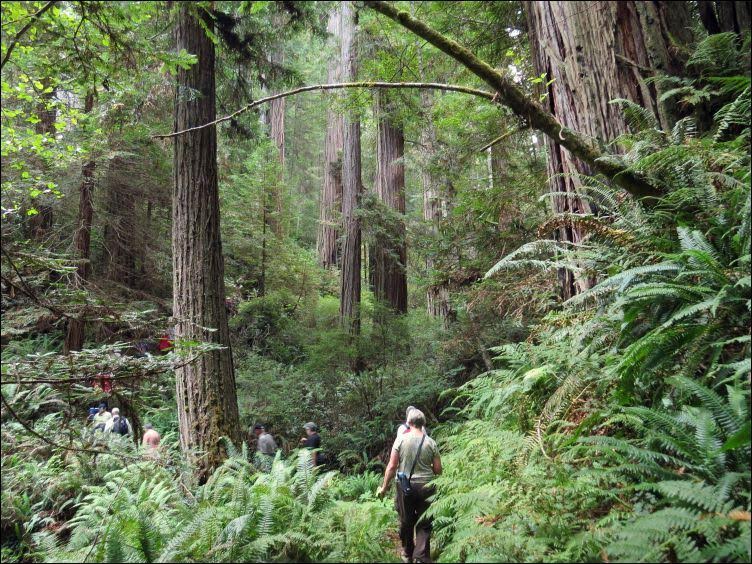
The main purpose of the trunk is to raise the leaves above the ground, enabling the tree to overtop other plants and outcompete them for light.
It also transports water and nutrients from the roots to the aerial parts of the tree, and distributes the food produced by the leaves to all other parts, including the roots.
Leaves
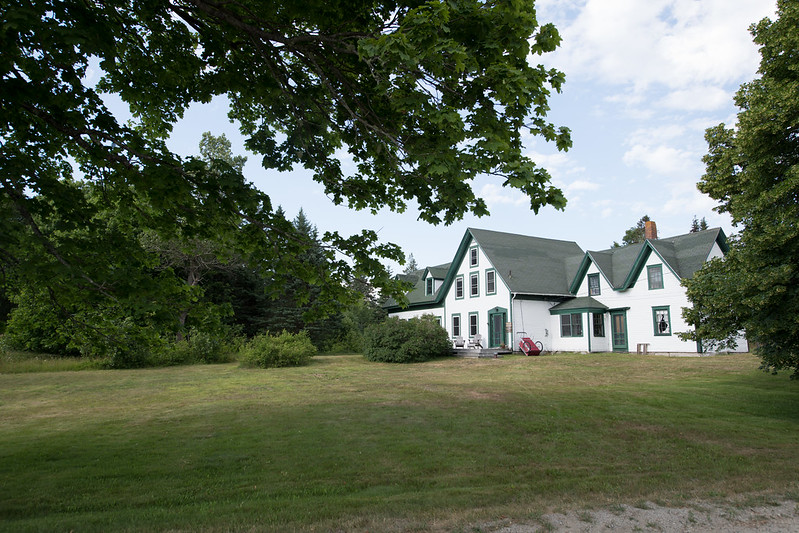
Leaves are structures specialised for photosynthesis and are arranged on the tree in such a way as to maximise their exposure to light without shading each other.
They can be broad or needle-like, simple or compound, lobed or entire, smooth or hairy, delicate or tough, deciduous or evergreen.
The needles of coniferous trees are compact but are structurally similar to those of broad-leaved trees. They are adapted for life in environments where resources are low or water is scarce.
Frozen ground may limit water availability and conifers are often found in colder places at higher altitudes and higher latitudes than broad leaved trees.
In contrast, broad leaved trees in temperate regions deal with winter weather by shedding their leaves.
When the days get shorter and the temperature begins to decrease, the leaves no longer make new chlorophyll and the red and yellow pigments already present in the blades become apparent.
Synthesis in the leaf of a plant hormone called auxin also ceases. This causes the cells at the junction of the petiole and the twig to weaken until the joint breaks and the leaf floats to the ground.
In tropical and subtropical regions, many trees keep their leaves all year round. Individual leaves may fall intermittently and be replaced by new growth but most leaves remain intact for some time.
Other tropical species and those in arid regions may shed all their leaves annually, such as at the start of the dry season.
Buds
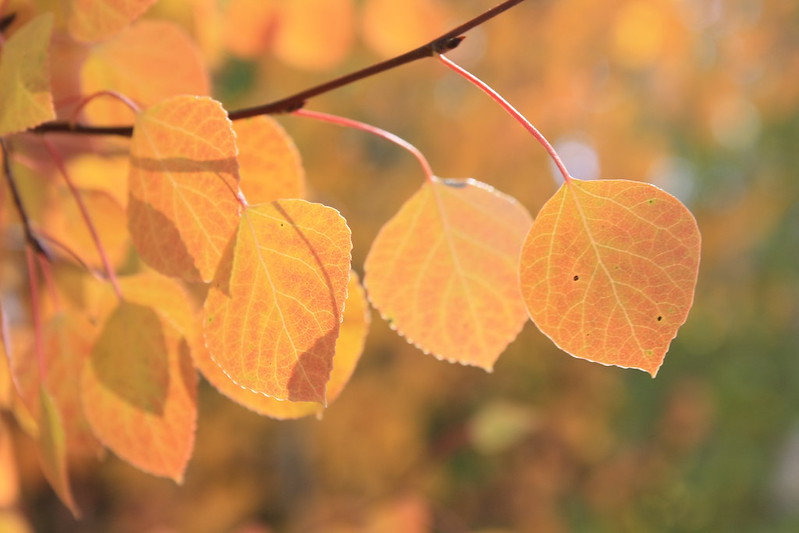
Trees do not usually grow continuously throughout the year but mostly have spurts of active expansion followed by periods of rest.
This pattern of growth is related to climatic conditions; growth normally ceases when conditions are either too cold or too dry.
In readiness for the inactive period, trees form buds to protect the meristem, the zone of active growth.
Before the period of dormancy, the last few leaves produced at the tip of a twig form scales. These are thick, small and closely wrapped and enclose the growing point in a waterproof sheath.
Inside this bud there is a rudimentary stalk and neatly folded miniature leaves, ready to expand when the next growing season arrives.
Buds also form in the axils of the leaves ready to produce new side shoots.
Food
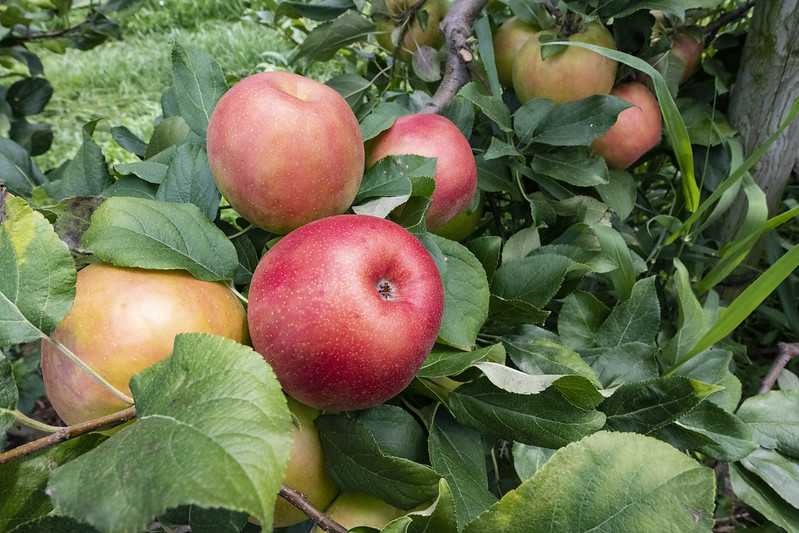
Trees are the source of many of the world's best known fleshy fruits. Apples, pears, plums, cherries and citrus are all grown commercially in temperate climates and a wide range of edible fruits are found in the tropics.
Other commercially important fruit include dates, figs and olives. Palm oil is obtained from the fruits of the oil palm.
The fruits of the cocoa tree are used to make cocoa and chocolate and the berries of coffee trees, Coffea arabica and Coffea canephora, are processed to extract the coffee beans.
Many trees bear edible nuts.

source information wikipedia.org
